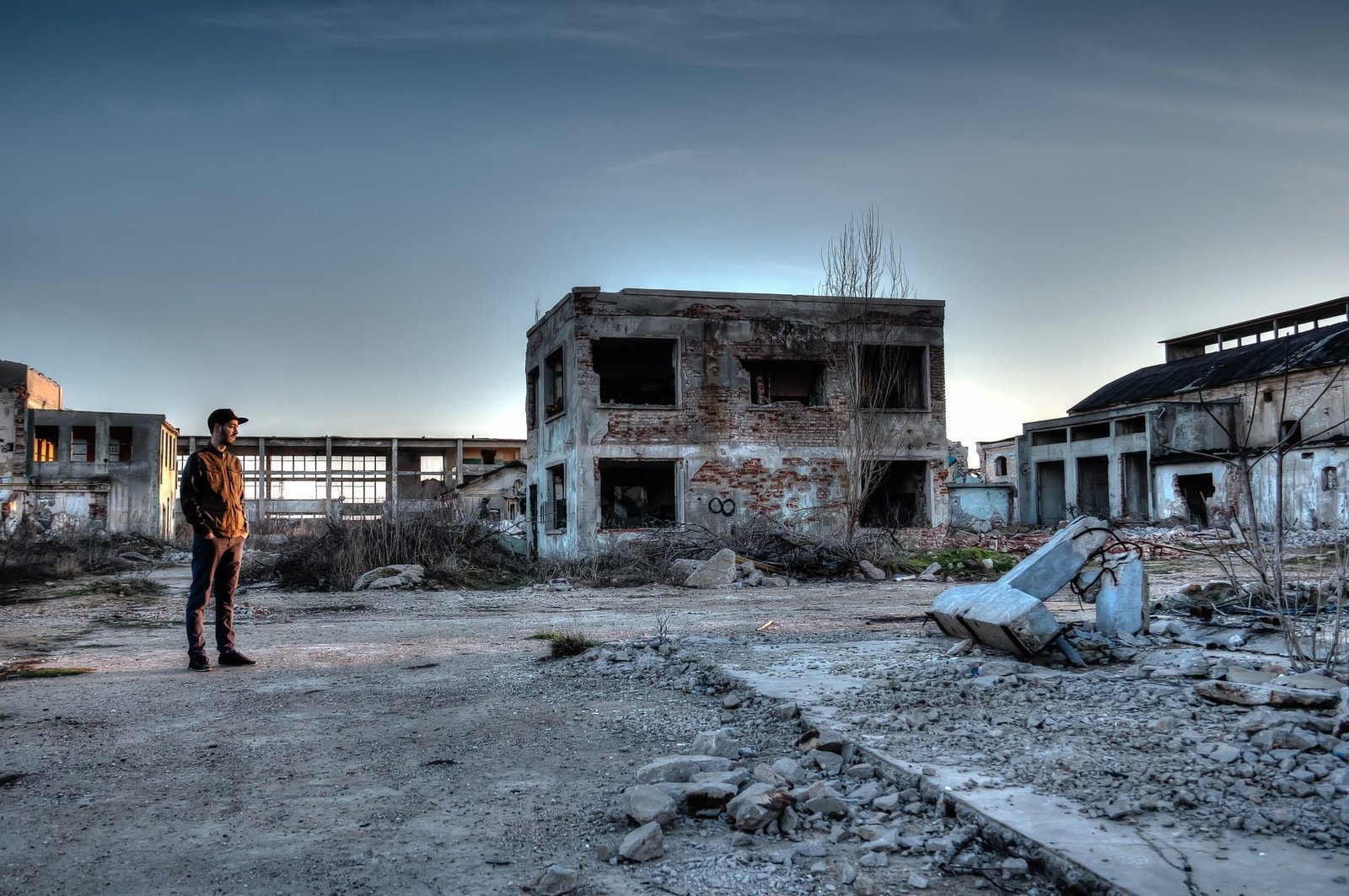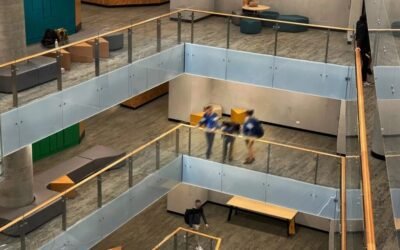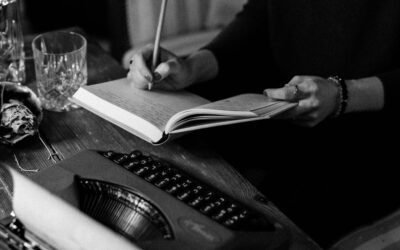By Liam Bell:
I have never been to a disaster zone, and as I flicked through some old TIME magazines a mere week before the group was to depart, I was not sure we were prepared. Two issues, March 2015 and the following April, were both blazoned with a cover of sheer agony; the Nepalese devastated by earthquakes.
But the fact remained, be it brave, naïve or stubborn, a group of 6 medical students from Western Sydney University had volunteered to help. As part of Global Health Awareness Western Sydney (GHAWS), we were committed to a previous legacy of building ties with a remote community in the Solu region of Nepal. The village of Junebesi, from 2006, had seen the growth of a district medical centre run by the local committee of Kushudebu Public Health Mission Nepal (KPHMN). The service, run 24/7, is critically placed to allow for some access to healthcare, despite several having to walk hours and even days to reach medical treatment. The team at KPHMN had proposed a community project for us, to build an incinerator to dispose of medical waste and thus prevent disease. We agreed, organised fundraising events for local labour, equipment and resources and independently funded our own way to Nepal to see the project through.
It was dark upon arrival, and as we cautiously exited the arrival gate, there was a warm smile to greet us. Mr Ang Sherpa; the man who had started the Kushudebu medical centre, and Keep Walking Nepal, the company that had organised our stay – the humble guy who would become our surrogate father for the trip. Only the night in Kathmandu, 15 minutes for breakfast and another flight to catch to Paplhu. It was only when I saw a US aid envoy at the airport that it dawned on me the stark contrast of who we were, juxtaposed against where we were and what we were planning to do. I could say there was a surge of adrenaline, excitement, perhaps a dose of distress, but thankfully the reality-check produced none of that melodrama. Instead, it was a matter of sharing the experience; from the sobering realisation that global help is required, to the novelty of having spinach as cargo on the small plane, together we were awakening, as a unit, to a different way of life.
The 20-minute flight was one of turbulence. Nevertheless, the constant jarring against any semblance of constant velocity was made worthwhile by the sight out the window. Mighty mountains surrounded us; stoic beasts our tiny plane would have to weave through to reach our destination. With a sudden turn, a nose-dive and a moment to call to a higher deity, there appeared a runway. With feet on the ground and the opportunity to take a 360 degree view of our surrounds we began our relationship with the humorously entitled ‘Nepalese flat.’ For the next 12 days, any location we were to visit was only accessible via our two feet: walking is the way of Nepal.
Junebesi was a day’s trek to reach, which left us exhausted and with full clarity that any preparatory exercise regime or notion of being ‘fit’ would not stand in Nepal. There was only endurance, and respectful adherence to traditional custom each time we walked clockwise around the ancient Buddhist engravings that we happened upon. There was joy and relief, when, through the rhododendron forest, the village was spotted. As we walked through Junebesi, there was no mention from the Nepalese of the earthquakes, but we could see the rubble testament, and only when we asked did we learn that their school had been destroyed. Nevertheless the children were happy, and laughter resonated from the temporary setup.
The community demonstrated such hospitality upon our arrival with a welcome ceremony where khadas (traditional scarves) were gifted with abundance after which, a tour of the medical centre was held. While the laboratory is equipped to run tests, the results are sent to Kathmandu for interpretation, as there are no doctors at the centre. Similarly, though simple fractures can be treated, the imaging facilities and technicians rely on external medical professionals for diagnosis. Nevertheless, the nurse Ooshin, who currently runs the centre told us of emergency situations she was able to successfully manage independently. She was most proud of her ability to save a child who suffered from meconium aspiration syndrome by applying positive pressure.
The medical centre also conducts regular health-camps at a large monastery, a morning’s trek from the village. With the aid of translation, gesticulation and friendly smiles, blood pressures were taken, knee examinations were performed and a small-scale pharmacy distributed relief from pain, particularly in the joints. It was a chance to realise our purpose as medical students and hear first-hand what we could do to assist. We learned that osteoporosis, arthritis and hypertension were the most prevalent chronic conditions facing the community and while there was a stock of medications distributed at minimal cost to the locals, with the need for ongoing treatment the supplies are often drained.
Regarding the incinerator, local carpenters had laid the foundations before our arrival and work continued with full zest. We carried rocks, shovelled soil from the mountainside and carried mud by a wobbly wheelbarrow on unpredictable terrain. The days of work would be balanced with play; the Australians taking on the Nepalese in a game of volleyball held on the helipad, attempts to scaffold a well-placed rock and enjoyment of a new set of swings and sea-saws constructed by some friendly Canadians.
The final activity we were privileged to share with the community was at the school. It was an opportunity for education and fun, as public health was extolled. With some brainstorming we came up with creative ways to inculcate good hygiene practice, playing games that focused on using a toilet, washing hands and picking up rubbish. The children were very enthusiastic: litter was scoured for and disposed of with zeal. Many ran to the rubbish bin as champions, some were overly keen in presenting material that wasn’t to be thrown away, but all were happy and washed their hands with soap.
Our time at Junbesi had come to an end and while we were sad to leave, the farewell dinner thrown by the committee members was a time for celebration. Nepalese song and dance had been promised and though we were not adept at the moves, there was merriment in an artistic fusion of cultures. Around the lodge’s fireplace we shared hearty Sherpa stew, blessings for the future and mutual gratitude.
The following week would see us traverse across a distance which would take us a mere 20 minutes by flight back to Kathmandu. The nights were feverishly cold and warm blankets were thrown on top of the thermals, down-jackets and sleeping bags in which we were bundled. From morning, slippery rocks called for a meditative focus lest we slip, (which happened at least once to us all), and the clamouring bells of donkeys had us pressed against the mountainside lest we be stampeded, but we were surrounded by beauty: the Himalayas, rousing us to rise to her challenge. The trek was of steep climbs and descents that would have our knees in knots, but the joy of being together with our Nepalese friends remained.
Such good will was demonstrated, not merely by holding of hands in a tight spot, but in the good Samaratan acts of kindness. Despites the arduous terrain, a lame man without the use of his legs was given our guide’s phone and walking stick as a crutch, A patient requiring hospital assistance was taken on stretcher as a band of men rallied to take turns to deliver him safely, in this land where no ambulances could survive.
Despite all that appeared arduous to us, there was no notion of life being cumbersome. The paths existed as a highway for men, women, children and animals to go about their daily business. Moreover, they would take the time to greet us, giving our own motivation an invigorating and life-affirming bolstering, though humble in intention.
Our trek concluded at what I came to learn was the most dangerous airport in the world. Luklah, a bustling township encircled by mountains and frequented by tourists managed to daringly to squeeze a small runway among the commotion, which happened to end in a cliff edge. But amidst the chaos the planes came and went, minutes after landing they would be off once more.
I was reminded once more of the tenacity and stoicism of the Nepalese back in Kathmandu for a final two days. It would take 7 years for the ancient district of Durbar square to be rebuilt and the once strongly woven fabric of a tourism industry was in tattered threads, an unstable income for many due to the disaster. Nevertheless, mere months after lives were lost and buildings rendered debris; the population was being crippled again, facing a fuel crisis. The aftermath of the earthquakes proved to be of secondary concern with locals waiting for hours to receive rationed petrol for transport.
Our guide expressed thanks for coming despite any fears – the financial income from the trekking industry was scarce with tourists afraid to travel Nepal.
Ultimately, my preparatory reading was futile. While there is always wisdom in research, (certainly around any potential threats to safety) there were degrees of separation that was not initially apparent. An outsider looking in will always lack insight. In contrast, it was in the process of listening and sharing the human experience, immersing oneself in another’s tale that we began to understand. Emotion is universal, but we can only truly respond when we truly know.
We all left with the hope that in years to come equipped with more skill and experience we would return.
With thanks to the team: Liam Bell (President of GHAWS 2015), Zahaara Ahadzada, Samantha Tripp, Heather Day, Katie Garcia, Ang Sherpa (Keep Walking Nepal, Kushudebu Public Health Mission Nepal), Paul Jury, Chungba Lama (Kushudebu Public Health Mission Nepal)



